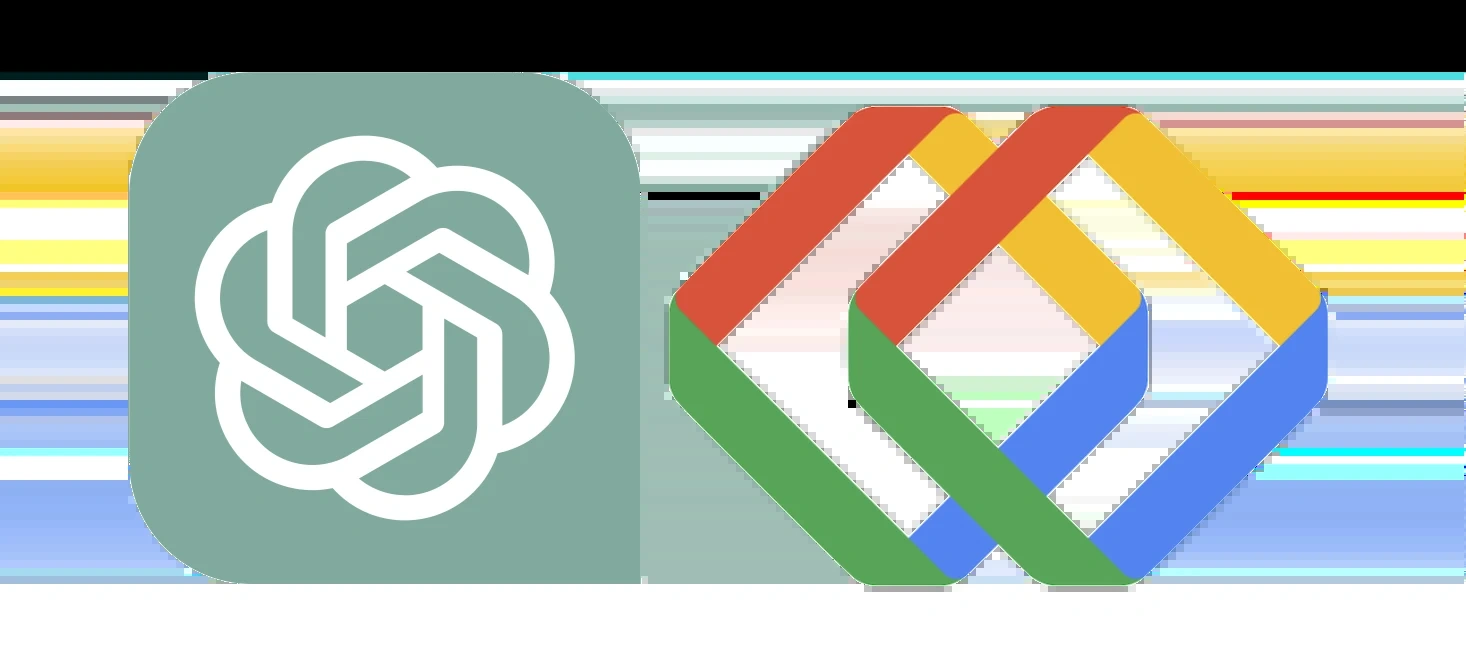SEO for ChatGPT: Boost Your Content’s Visibility in AI Conversations
The search term “SEO for ChatGPT” is already starting to gain traction. Google Keyword planner shows search volume for it increasing 130% week over week.
In essence, it’s the art of optimizing content, brand, or website to appear as one of ChatGPT’s answers when people use AI-powered chatbots like ChatGPT, BARD, and any others that come in the future.
The significance of having your website or content show up as one of ChatGPT’s answers is akin to the early days of traditional SEO and Google search results.
Now, it’s time to channel that energy into AI-driven content optimization.
How does ChatGPT select its answers?
Before we get into how to become an answer – first we must understand how answers are selected.
In general, when ChatGPT receives a user query, it searches its knowledge base for contextually appropriate answers.
Similar to traditional search engines, it evaluates keywords, analyzes semantic meaning, and takes into account the query’s context.
Factors like content quality, keyword usage, trustworthiness, and recency, all affect how ChatGPT selects answers.
An important item to remember here… ChatGPT (Bard, and others) are still robots. They still require content to be coded and organized in such a way that they can make quick sense of if something is remotely relevant, before diving in and selecting it as an answer.
If you ask ChatGPT itself how it does that… here’s what it’ll say:
[The prompt that generated this response:
If our business has critical information for users asking about our areas of expertise, what is the best way
to help inform ChatGPT of our content so the correct information can be shared?]
One of the best ways to help inform ChatGPT of your business’s content and expertise is by using
structured data markup, such as Schema.org, on your web pages. This kind of structured data provides
information to search engines and Al language models, like ChatGPT, in a standardized format that is easily
understood.
By using structured data markup, you can specify important details about your business in a format that
search engines can easily access and rank. For example, you can provide information such as business
name, physical address, contact information, products or services offered, and customer reviews.
Additionally, having a frequently updated and informative webpage or content database can help ChatGPT
understand the range of topics you cover, which can help it tailor its answers to questions related to your
business. So, if your business has critical information that you want to share with users, it’s a good practice
to publish it on your website or database and use structured data markup to help search engines and Al
language models better understand your content.
Let’s break that down…
Schema markup for AI and ChatGPT
Schema.org rose to relevance quickly in the last few years. Helping companies better categorize things like:
It serves the purpose of helping search engines (and now AI) get a summary of a page’s content.
It helped Google & Bing create Featured Snippets such as FAQ, Answers, and product highlights in ‘position 0’ of search.
Now? ChatGPT uses it as a primary source of information to determine if your content is befitting of an AI answer.
Mobile usability, accessibility, and XML sitemaps for ChatGPT
In addition to Schema on individual pages, a well-organized website in general is essential for ChatGPT optimization.
An intuitive structure makes it easier for the model to navigate and identify relevant information.
This comes in the form of internal links, properly labeled meta tags and titles, as well as organized headers and content on the page itself.
Mobile-friendliness and accessibility matter as well as they do for traditional SEO.
Lastly, one of the most foolproof ways to tell AI about your site’s architecture and eligible content? Providing an XML sitemap that’s clearly available and easily crawled.
(Simple) content is king for ChatGPT optimization
High-quality, useful content is good. But simple, and easily quoted content is even better.
Think in reference to Q&A, FAQ, and short answers.
ChatGPT and similar models are often asked closed-ended questions. Having answers that fit those questions most concisely, helps increase the chance that your content is pulled.
The rest of this portion of an SEO for ChatGPT strategy feels a lot like traditional SEO.
It involves including relevant keywords and phrases in content to help ChatGPT identify it as a potential source for answering queries.
Lastly, given the nature of a chatbot in general – making content conversational increases its appeal to AI language models like ChatGPT as well.
First to market, often win
While there is no “ChatGPT analtyics” (yet), it’s inevitable that these language models will become a prime source of traffic and information in the coming years (months? Days?).
Optimizing content for ChatGPT is an exciting new frontier, just like SEO in 2001.
By focusing on high-quality content, proper website organization, and building authority, content visibility in AI conversations can be significantly boosted.
The potential impact of ChatGPT optimization on brand visibility is immense and hard to even estimate given the infancy of AI.
All we know for certain is that organizing and optimizing content NOW, well before your competition does the same – is the best way to get ahead in a race for the ages.








